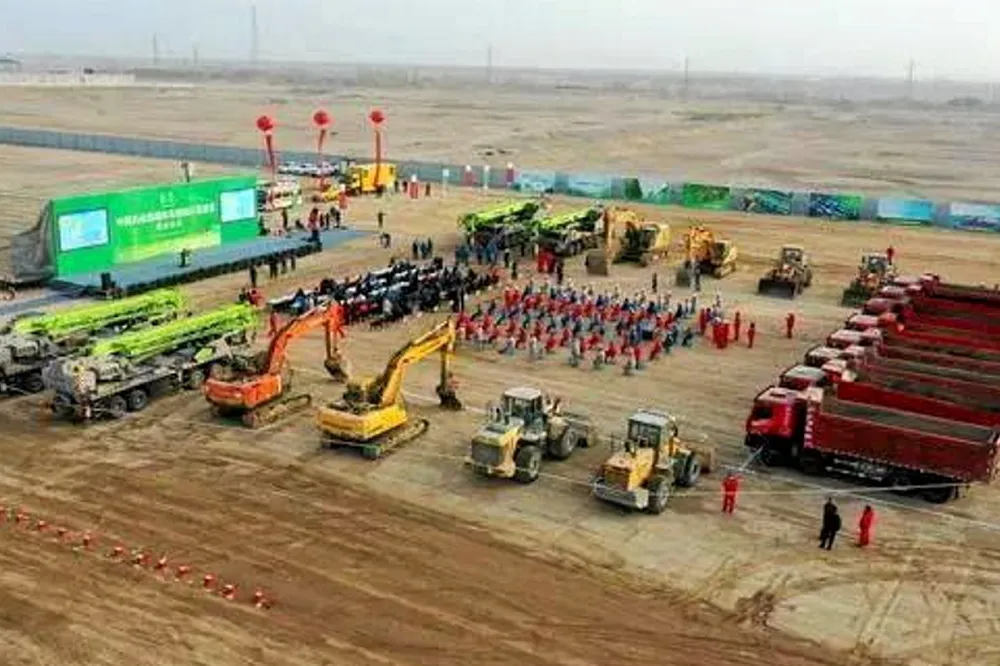Chinese oil giant to build $2.8bn green hydrogen project in Inner Mongolia with 400km pipeline to Beijing
Plant would produce 100,000 tonnes of renewable H2 per year to be used at a petrochemical complex in the capital city

Plant would produce 100,000 tonnes of renewable H2 per year to be used at a petrochemical complex in the capital city
